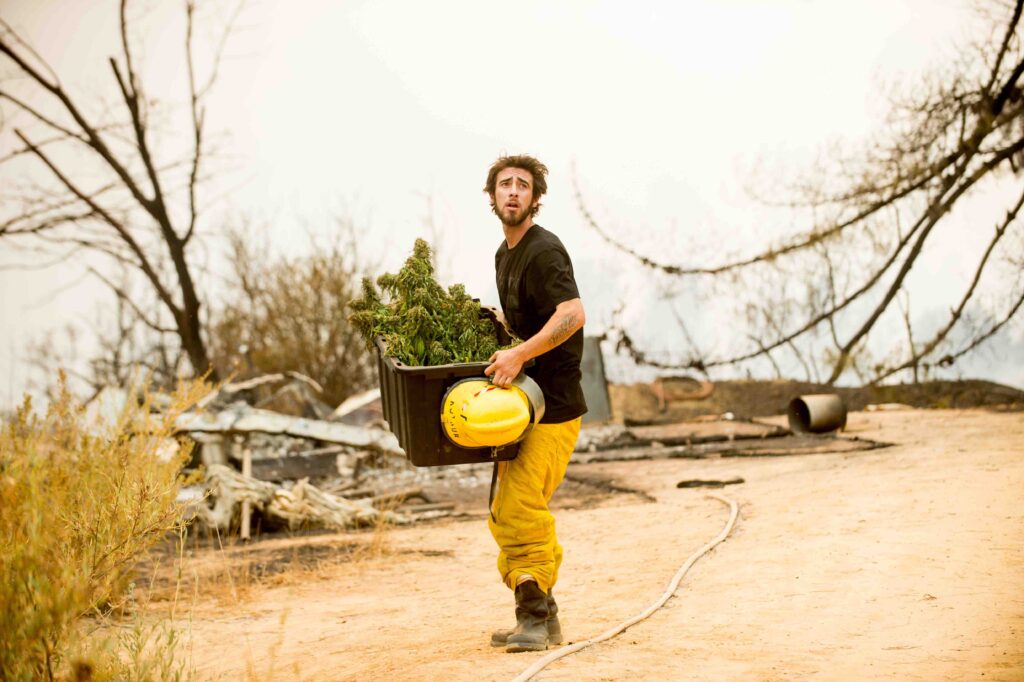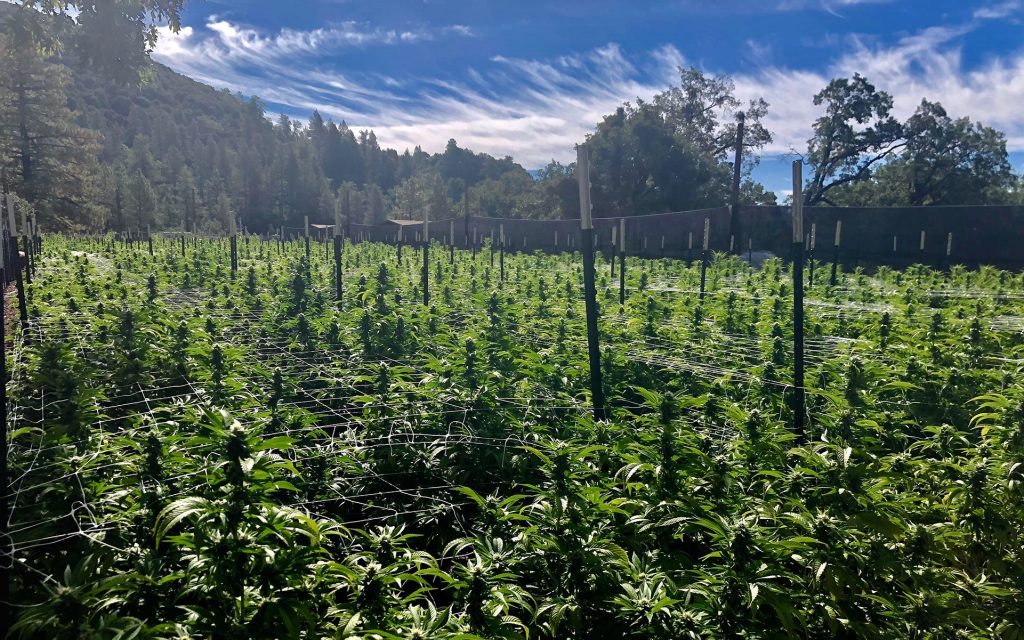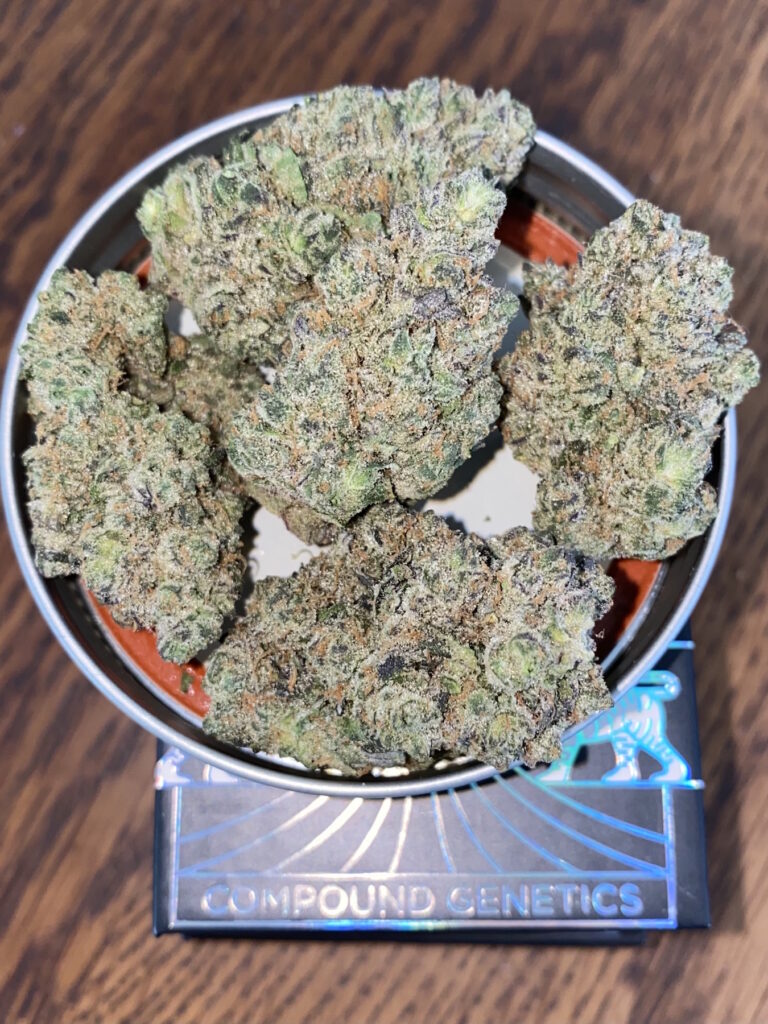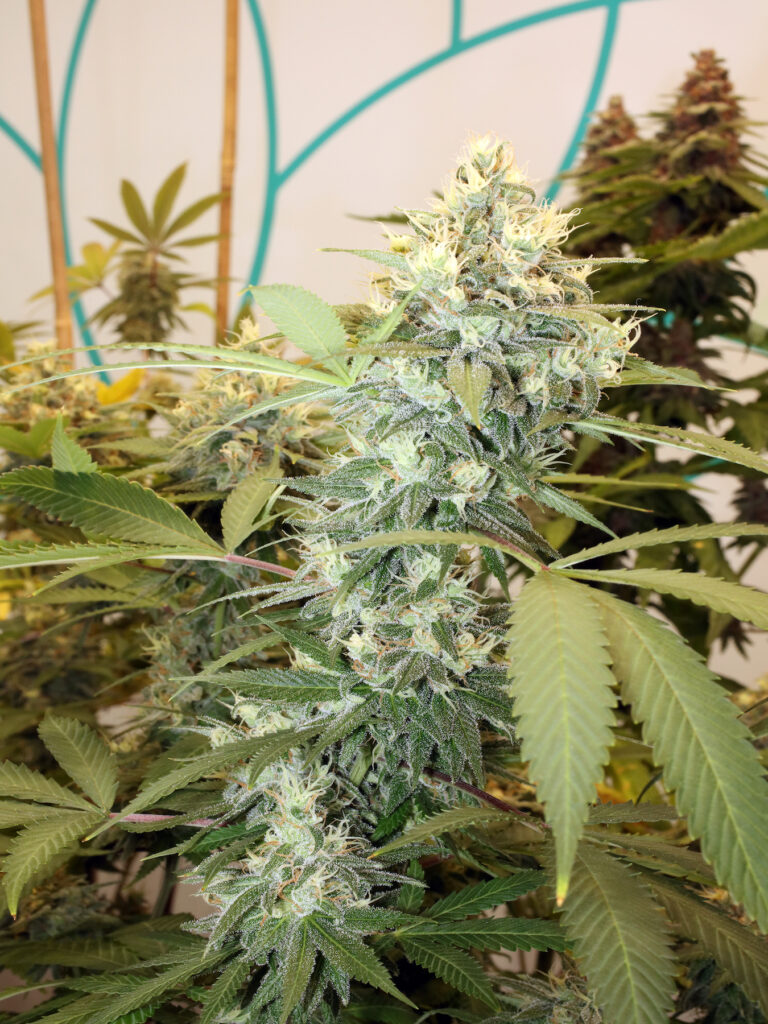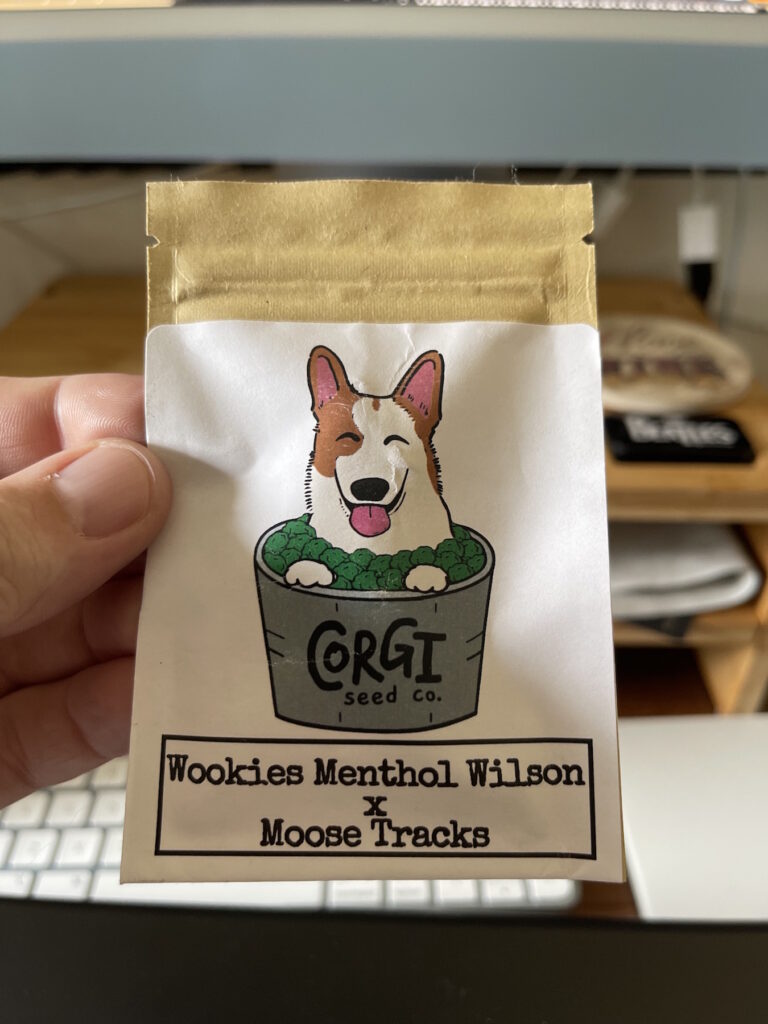Inflation is all over the news, with gas prices rising, stocks plummeting into bear market territory, the war in Ukraine cutting off resources, and the pandemic still squeezing the supply chain. But there’s one place where consumers aren’t seeing prices rise: the weed store.
The weed industry hasn’t entirely escaped inflation. The cost of materials needed to grow cannabis has gone up considerably. Rather, stable prices at dispensaries indicate a high supply of weed and intense competition. There’s so much product in the market that stores are reluctant to raise prices for fear of losing customers to the shop around the corner. Growers too.
The beginning of the pandemic saw a spike in cannabis sales, as people stocked up on weed and other goods to help them get through lockdown. There was more demand for weed than supply at first, and not enough to satisfy people’s appetites.
Now the opposite is true. Due to inflation, people are cinching their belts and ponying up extra cash for gas, food, and other goods. That’s led to an oversupply of cannabis products, with a customer base that suddenly has less cash to spend.
Related
New Leafly ‘Cannabis Harvest Report’ values crop 5th in the nation
There’s too much weed in the market
Competition for customers among cannabis shops is high right now because there’s an abundance of product in the market. With most other goods in the economy going up in price, weed shops have kept their prices the same, simply to get customers in the door.
“Any one of the shops who raises their prices on their own, [it] would be a little bit of a death sentence at this point. Customers know that they have a lot of options,” said Jason McKee, general manager and buyer at Ganja Goddess in Seattle, Washington. “It’s a dangerous game to raise prices.”
Indicative of the market as a whole, sales seem to have dipped a little bit at the Seattle store, but there’s no cause for alarm. The shop hasn’t had to cut staff or hours.
“There’s definitely been a small percentage decline in sales, especially as this drags on; gas prices are still continuing to go up. So as long as that’s the case, I think we’re going to see a slow down,” said McKee. “In general, we’re just trying to keep the customer interested and trying to keep them coming back.”
The same is true for growers. They need to compete with other growers and can’t afford to raise prices when selling to dispensaries because there’s so much product in the market. Both growers and retailers seem locked in to current pricing levels at the moment, afraid to raise prices even though their expenses are increasing.
McKee said he buys product from about 60 growers and vendors and that only two have increased prices, and one even lowered prices.
Related
The US cannabis industry now supports 321,000 full-time jobs
Growers are feeling the squeeze
The global supply chain is still a mess from the pandemic, and shipping is reduced all over the globe. Any goods coming from overseas face long waits and a backup at the dock, hiking up prices for the simplest materials, including those needed for growing and selling cannabis.
“Like almost every industry, we’re really feeling the squeeze when it comes to supply chain,” said Matt Gaboury, co-founder of House of Cultivar, a grower in Seattle. “We’ve had to switch vendors for certain things just to be even able to get the packaging materials or some of the supplies that we need… Everything is more expensive than it was three years ago.”
But as prices for materials to grow cannabis go up, the amount of money growers can get for their harvest when selling to dispensaries isn’t. Again, the abundance of weed in the market has created high competition among growers as well. Growers are keeping prices down simply to sell product, forcing them to shoulder the extra costs of materials.
“I think really where our industry is feeling the crunch is because the cost of all that stuff has been going up, so our cost to produce is obviously rising, and the price is staying static; that means that our margins are decreasing,” said Gaboury. “If anything, they have been trending downward, not upward, to match inflation.”
Supply chain issues have also affected the availability of basic materials. “Stuff that typically would take 60 days [is now taking] double that amount of time, easy. We had one container of packaging that sat in port for probably almost six months,” said Gaboury.
Even the war in Ukraine is affecting the cannabis industry. Ukraine and Russia export 28% of the world’s fertilizers (those containing nitrogen, phosphorus, and potassium). Wartime trade disruptions and economic sanctions have significantly reduced those supplies, sometimes doubling the price of fertilizers—and that includes those needed to grow cannabis.
“I can get most fertilizers, but the specific one I want for the summer is not available,” said Joe Poulter, owner of Fire Flower, a grower in Oregon. He estimates the cost of fertilizer and other materials bought from agricultural suppliers have risen about 25% in the past few months.
Additionally, items you might not think about much, but are essential to growing plants, have gone up in price. For his outdoor grow, Poulter estimates that 20-gallon pots have gone up from about $6 a pot to about $9.
Gaboury from House of Cultivar mentioned that their coco coir, a medium used to grow plants instead of soil, has doubled or even tripled in price, because it’s obtained overseas.
Multiply these seemingly small increases by hundreds or even thousands of plants for some grows, and it’s a significant additional cost.
Related
Marijuana tax rates: a state-by-state guide
What will the weed market do next?
The stock market’s dip into bear market territory last week is not a good sign for the US economy, and the Federal Reserve took a huge step to combat inflation last week, dramatically hiking interest rates to cool off the economy.
For now, retail prices at cannabis stores seem to be stable, but consumers aren’t buying as much weed, as more of their budget is eaten up by gas, food, and other goods that have increased in cost due to inflation.
At this point it’s the cannabis growers who are feeling pressure the most. Eventually growers may have to raise prices to make ends meet or face going out of business. Higher wholesale prices would likely result in higher retail prices at the dispensary.
But unless all growers can collectively raise prices, some growers could be pushed out of business by others who can still afford to sell at low wholesale prices.
Aside from the troubles of the US economy, another variable in this equation is that the cannabis industry itself is volatile, constantly expanding and contracting. It’s a highly competitive industry with operators setting up shop and going out of business all the time. The fledgling market is still figuring itself out, even in states that have been selling legal cannabis for several years.
“We haven’t really reached stabilization,” said Gaboury from House of Cultivar. “In a state like Washington, we’re a little bit more of a mature industry… so I think our rollercoaster ride is starting to flatten out. Our dips and our highs aren’t as much as they used to be. It’s still variable, but it’s getting less and less, and more and more consistent.”
The full effects of inflation on weed prices are yet to be seen, but the market has proven to be resilient and able to bounce back. In the meantime, support your local weed shop and grower.
By submitting this form, you will be subscribed to news and promotional emails from Leafly and you agree to Leafly’s Terms of Service and Privacy Policy. You can unsubscribe from Leafly email messages anytime.






